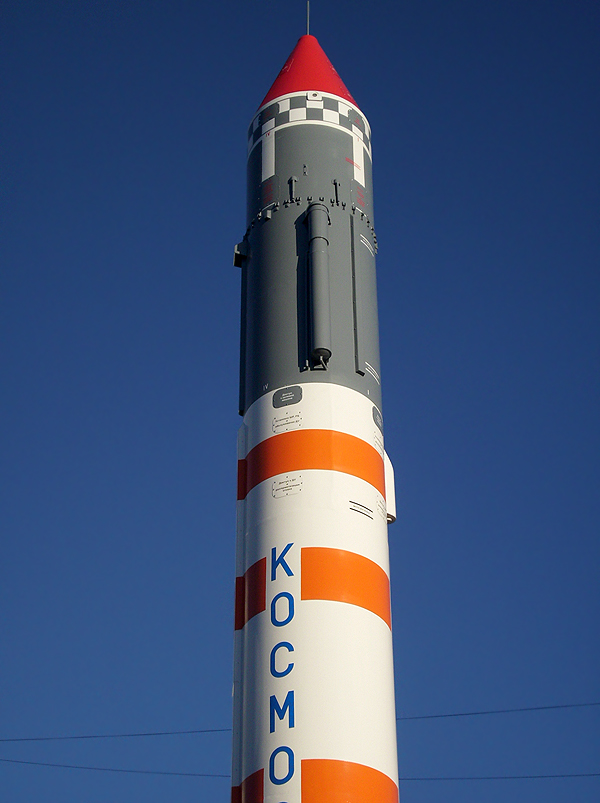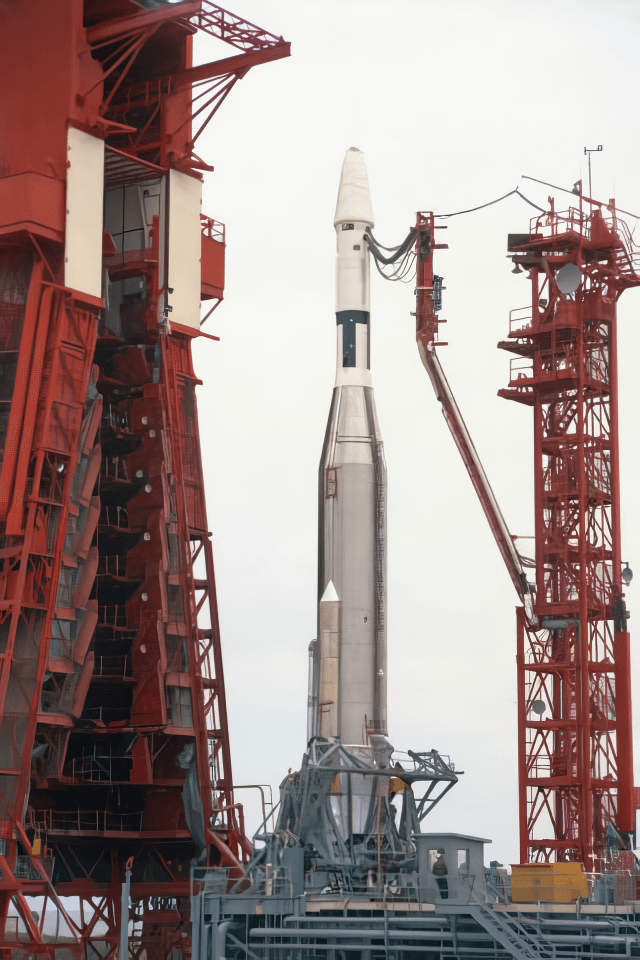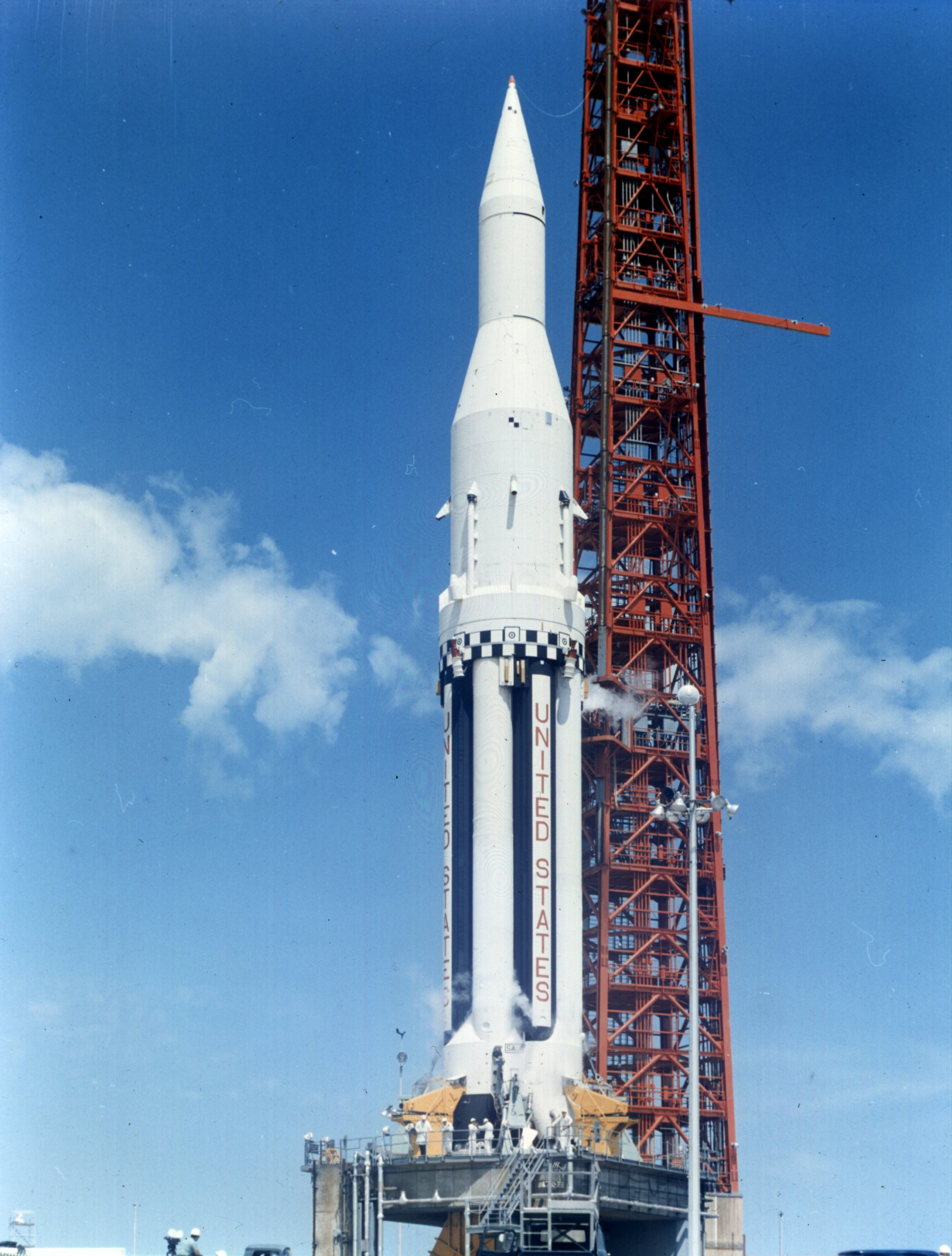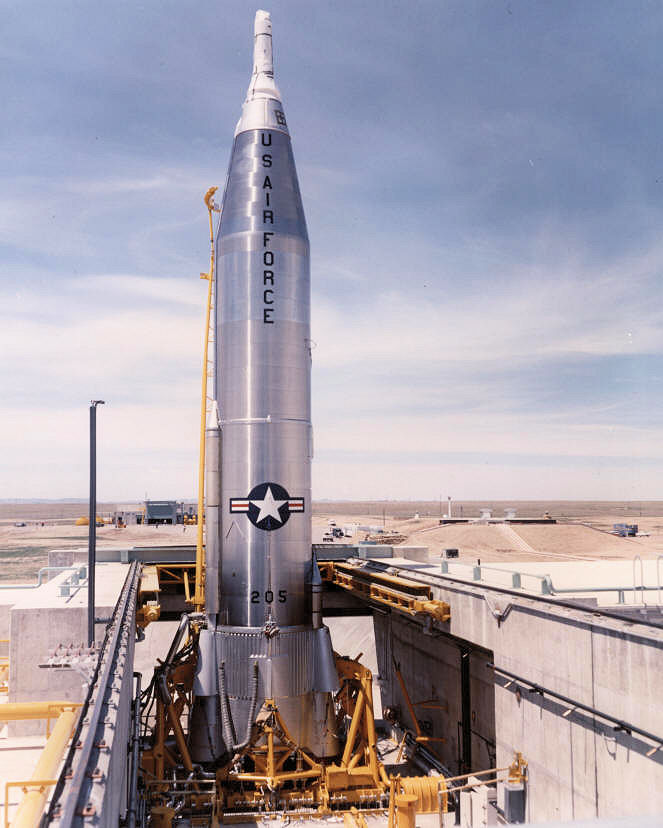Previous Spaceflight Launches
Filter by Agency, Locations or Vehicles
Show All LaunchesKosmos-2I 63S1 | DS-A1 6
Strategic Rocket Forces | RussiaKapustin Yar, Russian Federation
Feb. 20, 1965, 6:30 a.m.
Atlas Agena B | Ranger 8
United States Air Force | United States of AmericaCape Canaveral SFS, FL, USA
Feb. 17, 1965, 5:05 p.m.
Saturn I | Pegasus 1
Chrysler | United States of AmericaCape Canaveral SFS, FL, USA
Feb. 16, 1965, 2:37 p.m.
Kosmos-2I 63S1 | DS-P1-Yu 2
Strategic Rocket Forces | RussiaKapustin Yar, Russian Federation
Feb. 12, 1965, noon
Titan IIIA | LES 1
Lockheed Martin | United States of AmericaCape Canaveral SFS, FL, USA
Feb. 11, 1965, 3:19 p.m.
Thor Delta C | OSO 2
McDonnell Douglas | United States of AmericaCape Canaveral SFS, FL, USA
Feb. 3, 1965, 4:36 p.m.
Kosmos-2I 63S1 | DS-A1 5
Strategic Rocket Forces | RussiaKapustin Yar, Russian Federation
Jan. 30, 1965, 9:36 a.m.
Atlas SLV-3 Agena D | KH-7 15
Convair | United States of AmericaVandenberg SFB, CA, USA
Jan. 23, 1965, 8:06 p.m.
Status: Launch Successful
Mission:
The Program 206 satellite, carrying the KH-7 (Keyhole 7) camera system (codenamed Gambit-1), was the first successful high resolution space reconnaissance program. It was managed by NRO's Program A, the USAF-led segment of the National Reconnaissance Program managed from Los Angeles AFB in El Segundo, California.
Sun-Synchronous OrbitThor Delta C | Tiros 9
McDonnell Douglas | United States of AmericaCape Canaveral SFS, FL, USA
Jan. 22, 1965, 7:52 a.m.
Atlas D | OV1-1
Convair | United States of AmericaVandenberg SFB, CA, USA
Jan. 21, 1965, 9:34 p.m.








